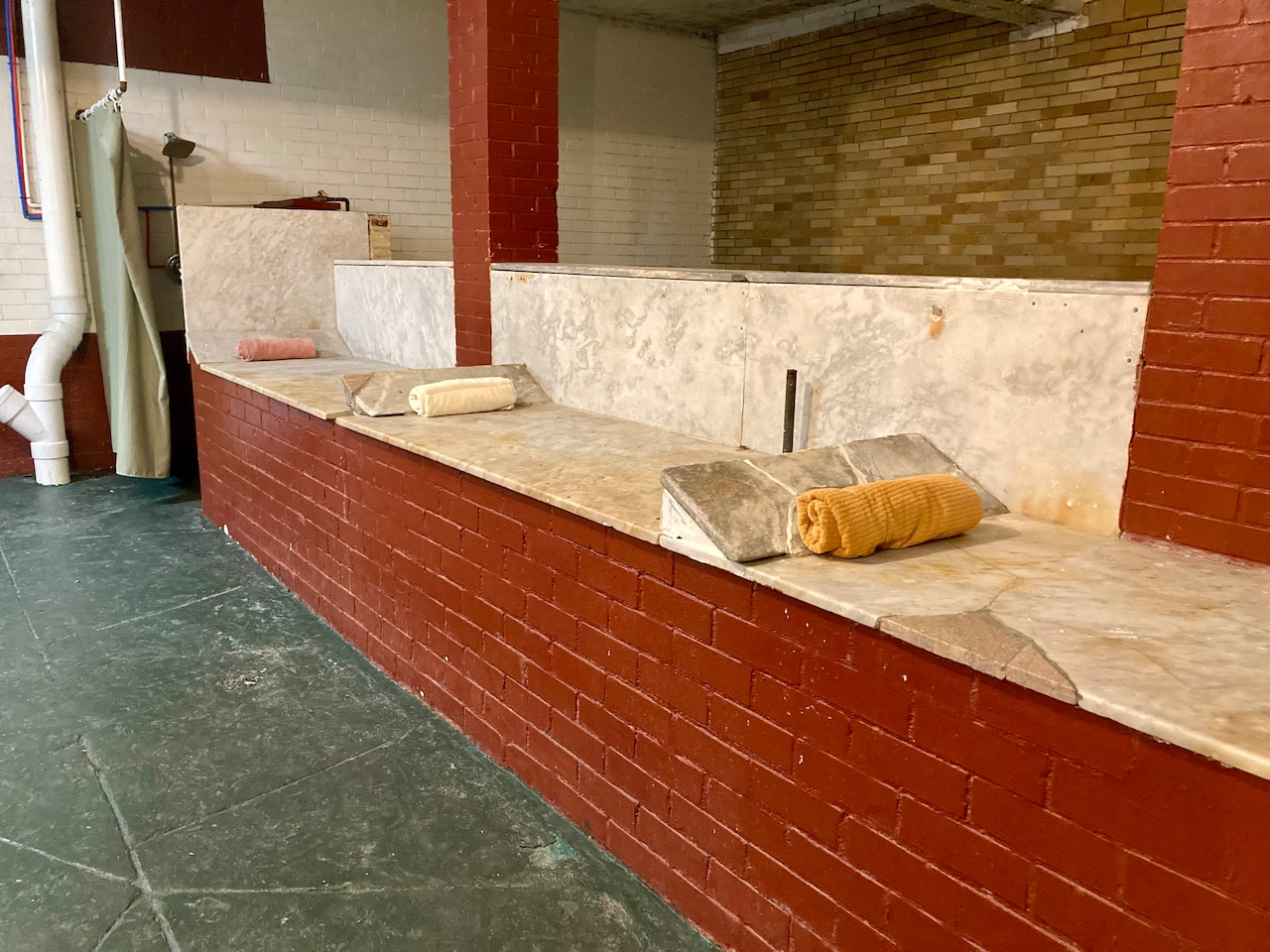Copyright cleveland.com

CLEVELAND, Ohio—The evolution of American bathhouses reveals a fascinating journey through the nation’s changing attitudes toward health, hygiene and social values. Cleveland author Joshua Womack’s book “Sweaty Stories from the Cleveland Schvitz” (Arcadia Publishing/History Press) has brought historical perspective on The Cleveland Schvitz Social Club and the trajectory of bathhouses into a more modern view. These days, there are only a handful of traditional bathhouses in the United States; the big ones that remain in operation include those in Chicago, New York, Detroit and Cleveland. Bathhouse Row, recognized as “the largest remaining collection of early 20th Century bathhouses in the United States,” stands as a monument to America’s spa movement, which reached its peak in the early 1900s. The history of public bathing in America began far from today’s concept of relaxation. In the 1860s, bathing was primarily a medical treatment, with experts recommending “a brief plunge in cold water” rather than the leisurely experience modern Americans might expect. Funny that everything old is new again. Can you say “ice bath,” dear readers? By the 1890s, public bathhouses emerged as social improvement initiatives. These facilities were created specifically “to improve the health and sanitary condition of the working classes, before personal baths became commonplace,” with pioneering examples appearing in San Francisco, Milwaukee and Chicago. The architecture of these spaces also carried significant social meaning. Architects deliberately chose neoclassical designs to “elevate the concept of bathing” and teach users “to associate bathing with being civilized,” revealing how class and racial hierarchies were embedded in these seemingly utilitarian spaces. Bathhouse Row’s existing structures, dating primarily from 1912-1923, reflect a period when American bathing culture emphasized sanitation and therapeutic treatments. The different building styles chronicle the evolution of the bathing industry, technological advances, and changing social attitudes throughout the early 20th century. What began as simple wooden structures in the 1840s transformed into sophisticated therapeutic centers by the early 1900s. Today, these preserved bathhouses serve as cultural landmarks documenting America’s evolving relationship with health, leisure and public spaces. And with Cleveland’s Schvitz in particular, that relationship is still evolving.



